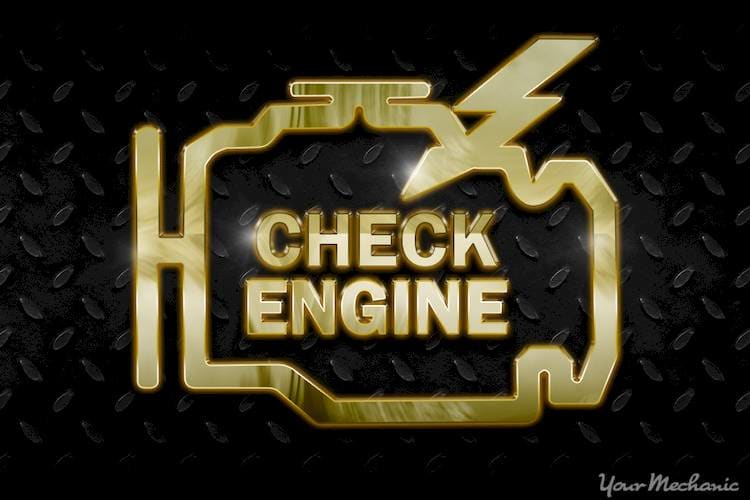P2429 code definition
This DTC represents Exhaust Gas Temp Too High Bank 2, indicating that the issue is originating within the engine bank which does not contain cylinder 1.
What the P2429 code means
Diesel, gasoline, and turbocharged vehicles are typically equipped with an exhaust gas temperature sensor located somewhere along the exhaust system. It is generally a two-wire, low-voltage sensor (typically five volts). When exhaust gases get hotter, resistance in the sensor drops, which increases the voltage signal being sent to the PCM (powertrain control module). This tells the PCM that the exhaust is too hot and triggers the fault code to set.
What causes the P2429 code?
Possible reasons for this DTC include:
- Corroded, damaged, or loose sensor wiring or terminals and connectors (most common cause)
- A faulty exhaust gas temperature sensor
- A serious exhaust leak located upstream from the sensor
- Engine overheating
- An installed aftermarket off-road exhaust system
What are the symptoms of the P2429 code?
There may not be any signs of this fault other than the stored code and a lit Check Engine or Service Engine Soon light. Decreased fuel efficiency is also a possibility.
How does a mechanic diagnose the P2429 code?
This diagnosis may involve the following steps:
- Scanning the vehicle’s computer with an OBD-II reader to check for concurrent fault codes and record freeze frame data
- Clearing the computer of all DTCs, then test driving the vehicle to see if they come back
- Visually inspecting the sensor, wiring, connectors, and other related circuitry for damage or loose connections
- Testing the exhaust gas temperature sensor’s resistance using a digital volt/ohmmeter
- Heating the sensor with a heat gun while connected to the ohmmeter in order to observe for proper reaction – the resistance should decrease with heat and increase as the sensor cools
- Inspecting the exhaust pipes for a leak
- Inspecting the engine and related components which could be causing it to overheat
Common mistakes when diagnosing the P2429 code
One of the most frequent errors is to replace the oxygen sensor rather than the exhaust gas temperature sensor. This obviously will not solve the problem, and is one of the reasons it’s important to have the correct documentation for your vehicle’s system so that you can locate the appropriate part.
How serious is the P2429 code?
The seriousness of this DTC is dependent upon the reason for it setting. If it’s simply a sensor malfunction, no severe damage should occur, and you may not even notice the vehicle driving any differently. If, however, there is an underlying problem causing the engine to overheat, this could eventually have disastrous consequences. It’s crucial to get an accurate diagnosis so that you know exactly what you’re dealing with.
What repairs can fix the P2429 code?
Fixing this fault code may include:
It’s important to know exactly where this sensor is in order to perform the diagnosis and repair. In diesel vehicles the sensor is usually situated near the diesel particulate filter. In gas-powered cars, it is typically found in the exhaust downpipe. If the vehicle is turbocharged, the sensor may be in the exhaust input pipe, located near the turbocharger.
If the vehicle has a high-performance aftermarket exhaust system which lacks a catalytic converter, you may be able to circumvent this DTC by installing a 2.5-ohm inline resistor between the signal and ground wires, leaving the sensor disconnected. If you choose to do so, however, you will need to check local, state, and federal laws to make sure your vehicle complies with emissions regulations.
Need help with a P2429 code?
YourMechanic offers certified mobile mechanics who will come to your home or office to diagnose and repair your vehicle. Get a quote and book an appointment online or speak to a service advisor at 1-800-701-6230.
Check Engine Light
trouble codes
p2429





